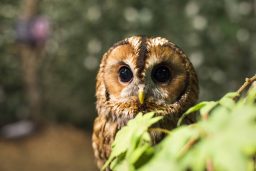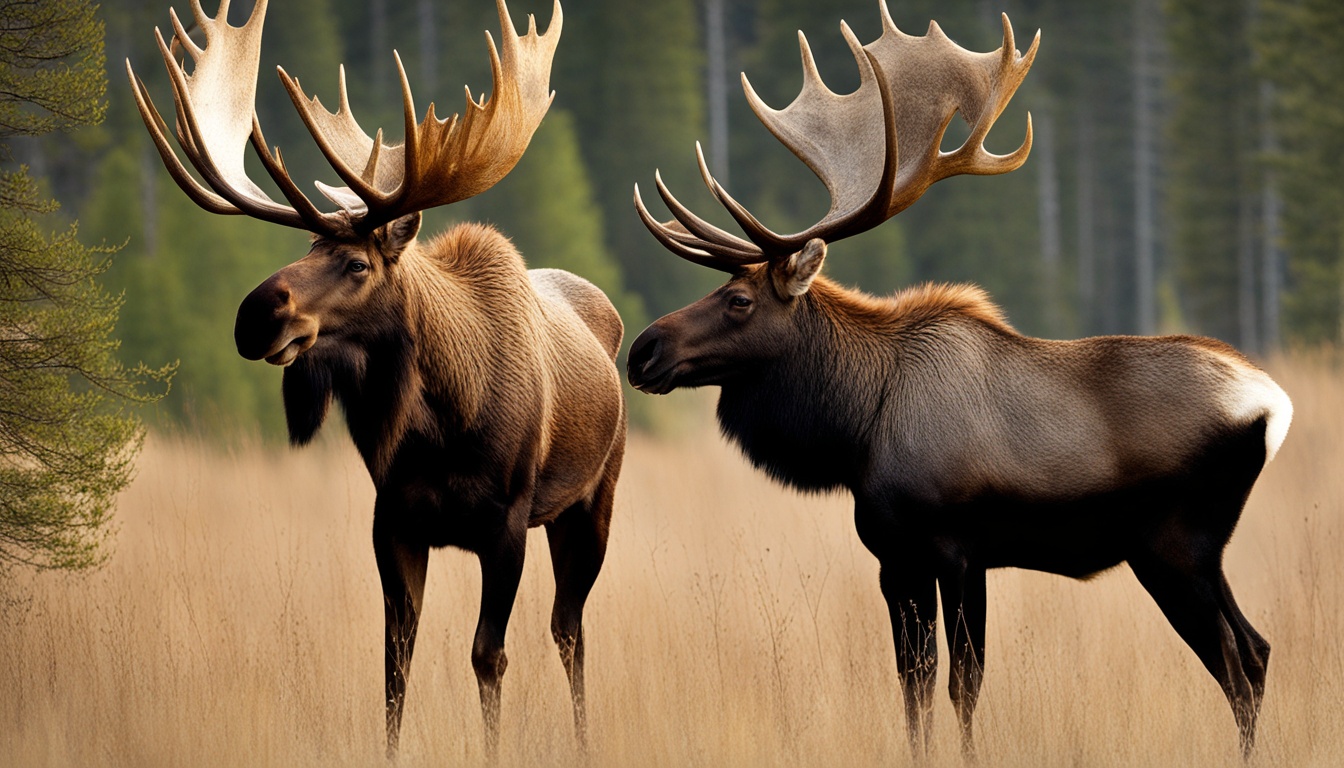Owls don’t migrate in the normal sense of the word. No owl species regularly and actively fly to warmer locations along traditional routes to feed all winter.
Do Owls Migrate In The Winter?

Many birds are famous for their long migrations – from one spot to another – in search of better sources of food. Some species have got this to a fine art – arriving spot on dates year after year – however, owls don’t need to do this.
Owls have such a specialized way of feeding – and feed on a source of food that is plentiful all year round – so they don’t need to head off anywhere. It isn’t easy to catch their food all year round – but it is always there – and is reliable.
Most species of owl – and there are 19 recognized species in the U.S. – hunt small mammals in various habitats. They can hear them moving even under a thick layer of snow due to their amazing set of off-center ears (one ear is higher than the other). Pin-pointing them exactly for a talon-first catch. They also fly silently – so even if the mouse or squirrel breaks cover – they won’t hear the owl coming!
There are some species of owl though who will move to new areas if the food does get too tough to find – just like most mammals. In times of trouble, they are happy to look elsewhere rather than stick it out. Snowy Owls and Barn Owls are two such species.
Can Owls Fly Long Distances?

Yes, they can fly long-distances physically – so migration isn’t something totally out of reach for them if they started to choose that survival strategy. One Snowy Owl was reported to have flown all the way to Hawaii for example. Not sure there was more food there for them – or they needed their white fur anymore – but it shows that 4800+ kilometers aren’t out of reach for an owl.
However, owls have small home ranges – areas they know are great for food and will sustain them throughout the year and enough to raise offspring. Some owls have a wider range of food sources than others depending on their size (smallest Elf Owl at 43g eats mainly insects and arthropods – and largest; Great Horned Owl can reach 2.5kg in weight and eat anything from rabbits to skunks, turkey to swan, and even small dogs and cats).
Do Hummingbirds and Owls Migrate in the Same Way?
Hummingbirds and owls have distinct migration habits. While owls are typically sedentary, some hummingbird species migrate long distances for their winter destinations. The hummingbird winter migration is a remarkable phenomenon, with these tiny birds traveling thousands of miles to reach warmer climates with abundant food sources. In contrast, owls tend to maintain resident territories, adapting to their environment and relying on a variety of prey throughout the year.
How Do Owls Find Enough Food In Winter?

Owls have a whole set of amazing and exclusive adaptations to help them be the best rodent catcher they can be. They really have got it down to a fine art with modifications to their eyes, ears, feet, feathers, and faces.
Barn owls for example are so effective that farmers actually pay to have multiple nest boxes set up around their farms to attract resident pairs. Barn owls (with 3 young) are estimated to be able to catch around 1000 rodents each season – something a farmer usually has to pay a lot of money and use a lot of chemicals to do. Owls do it for free – and are beautiful to watch.
Eyes: Owls have changed their eyes away from the normal model so that they can focus better in the dark. Rather than round eyeballs they have more of a tube-shaped structure that helps them do this. Needless to say – you can’t look left and right with tubes – so this is why the owls move their head almost 360 degrees instead.
Ears: Similarly – owls wanted the best pin-point hearing to enable them to catch prey they can’t see. So, instead of just two equidistant ears – many species went one step better. They moved one slightly so it is higher than the other one and can hear things a fraction of a second after the other one – even through snow. Just to say that the tufty bits on some species (like the erroneously-called Long-eared owl) aren’t ears – they are just big feathers used for display.
Feathers: To help with listening – many owls have a dish-shaped face – working like a satellite dish. This wide disc of feathers helps funnel sounds into the true ears much better than our teeny ears. Also, the feathers on their wings have a specialised purpose too – with various tweaks and twists that make their flight fully silent. There is no sound AT ALL from a flying owl’s wings. An amazing advantage.
Feet: With the sharpest talons you could imagine – and the extra long legs needed to penetrate deep snow – some owls really have the best weapons possible. Not all owls have really long legs as it depends on what they eat but generally fluffy owls have legs that are double or treble the length you can see when they are just sat on a perch. Some owls like the Burrowing Owl have them out on display the whole time anyway.
Needless to say – owls don’t need to go anywhere – they have everything they need right where they are already.










